| REF: | 7031_287925 |
| DATE: | 29 Jun - 03 Jul 2025 03.Jul.2025 |
| LOCATION: |
Kuala Lumpur (Malaysia) |
| INDIVIDUAL FEE: |
3900 Euro |
Introduction to Developing a Safety Culture
An effective safety culture is widely accepted as essential to the successful development and implementation of an organization’s safety management system.
This safety culture and leadership course prevents significant accidents and ensures that everyone, regardless of position, follows safety procedures and safe practices, constantly intervening when unsafe behaviors or conditions are observed.
A safety culture improvement process approach that actively engages everyone through personal responsibility fosters safety culture development and promotes effective safety culture leadership.
Developing an Effective Safety Culture and a Leadership Approach
By integrating safety culture leadership training throughout this course, leaders and managers will learn how to embody the principles of cultural safety training. They will discover how to spearhead initiatives to develop a safety culture in the workplace, ultimately consolidating an influential safety culture that supports a comprehensive and robust safety management system.
Targeted Groups
- All Line Managers and Supervisors.
- Production and Process Engineers.
- Maintenance Personnel.
- HSE Personnel.
- Human Resources Professionals.
- This course is for any other personnel involved in planning and implementing the organization’s HSE management system.
Course Objectives
At the end of this safety culture training course, the participants will be able to:
- Understand the human factors and their application to their organization’s safety and cultural status.
- Learn how to be familiar with elements of safety management systems and their purpose.
- Appreciate the consequences of behavioral acts and omissions as prime causes of accidents and emergencies.
- Develop a step-by-step safety cultural improvement program within the organization.
- Develop an appreciation of carrying out an HSE cultural positional assessment.
- Develop skills for identifying, evaluating, and reconciling solutions for influencing behavioral change improvement measures.
Targeted Competencies
In this safety culture and leadership course, the target competencies will be able to:
- Understand the impact of an Effective Safety Culture on achieving good safety management.
- How do you establish a safety culture and identify behavioral change improvement opportunities?
- How do you assess the safety culture of an organization and the use of the HSE cultural change model?
- Understand the importance of human factors and the work of Taylor, Herzberg, McGregor, and Maslow.
- Learn the business benefits of sustaining an influential and effective safety culture.
Course Content
Unit 1: Introduction to Safety Culture
- Learn about safety culture and safety climate.
- Improve safety performance.
- Behavior and culture.
- Organization factors.
- Job factors.
- Personal factors.
- Historical review.
Unit 2: Safety Management Systems
- Understand safety management systems framework and safety culture factors.
- Essential safety management system components.
- Develop an effective safety management system.
- Mechanical model of SMS.
- Socio-technical model of SMS.
- More safety culture factors.
- Risk and risk perceptions.
- Human error.
- Stress.
Unit 3: HSE Model for Safety Culture
- Identify problem areas.
- Learn about dependent, independent, and interdependent cultures.
- Change plan.
- HSE cultural change model.
- How to intervene?
- Key performance indicators.
- What are Success factors and barriers?
- Attitude Questionnaires.
Unit 4: Behavioral Safety
- Learn about safety culture and behavioral safety.
- Understand the theoretical framework with Taylor, Herzberg, Vroom, Geller, and Maslow.
- Learn about natural penalties and consequences.
- ABC analysis.
- Antecedents.
- Behavior.
- Consequences.
- What drives behavior?
- Learn about natural penalties and consequences.
Unit 5: Assessing The Safety Culture
- Establish the current status of a safety culture.
- Results of questionnaires.
- A step change in safety.
- Manage people and their attitude to safety.
- Develop questionnaires.
- Personal action plans.


